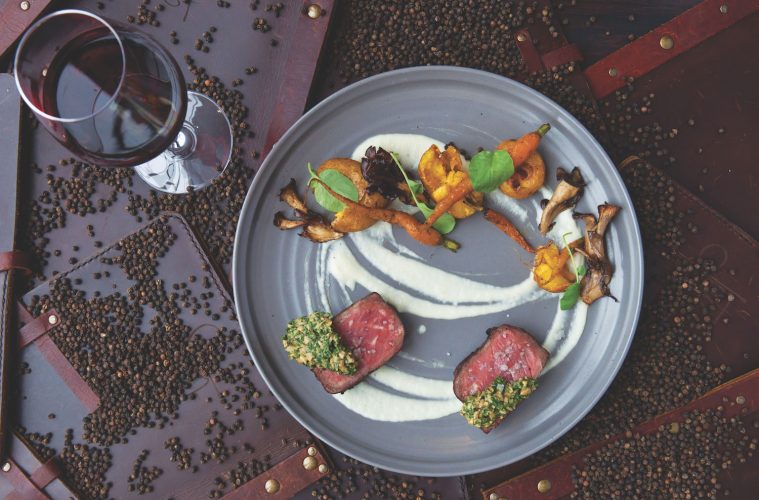A wood-fired grill is a beast to cook on. It can shift from smoking hot to cold in just a few seconds’ time. The size of the logs, the way the air flows around the wood, even the weather all have an effect on the way it cooks. Items can go from raw to charred in seconds. And the fire must be fed continuously.
For Daniel Gursha, executive chef, it’s been trial by fire quite literally as he develops a relationship with the massive cast iron grill that is a centerpiece of Ledger in Salem. Marrying modern expectations of perfect food in a high-end restaurant with such a primal cooking method is a continual challenge, and one he is embracing wholeheartedly.
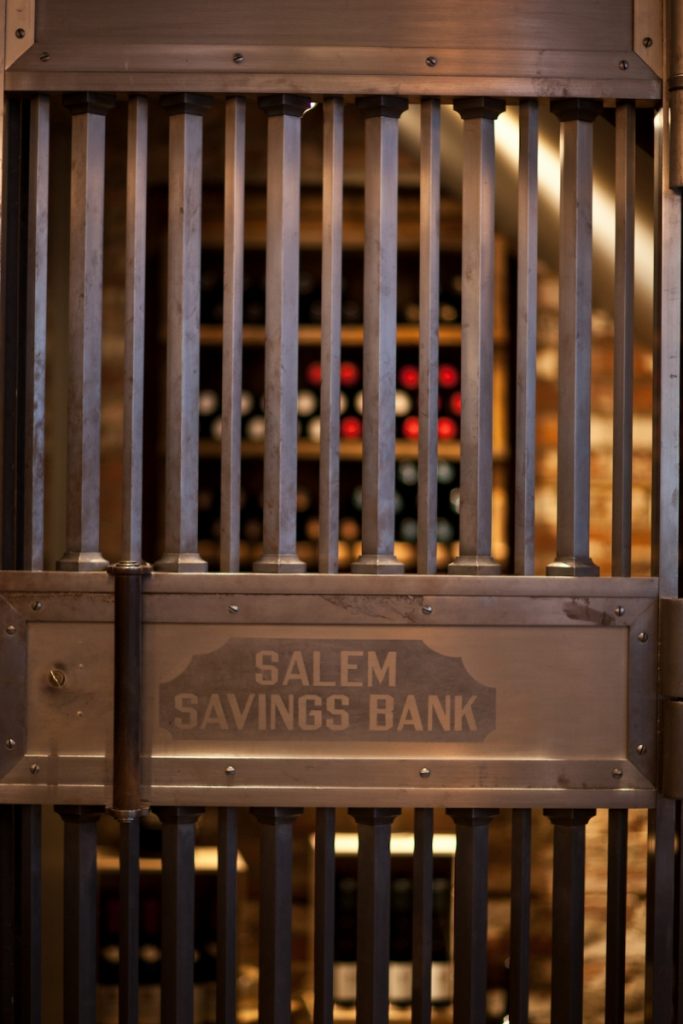
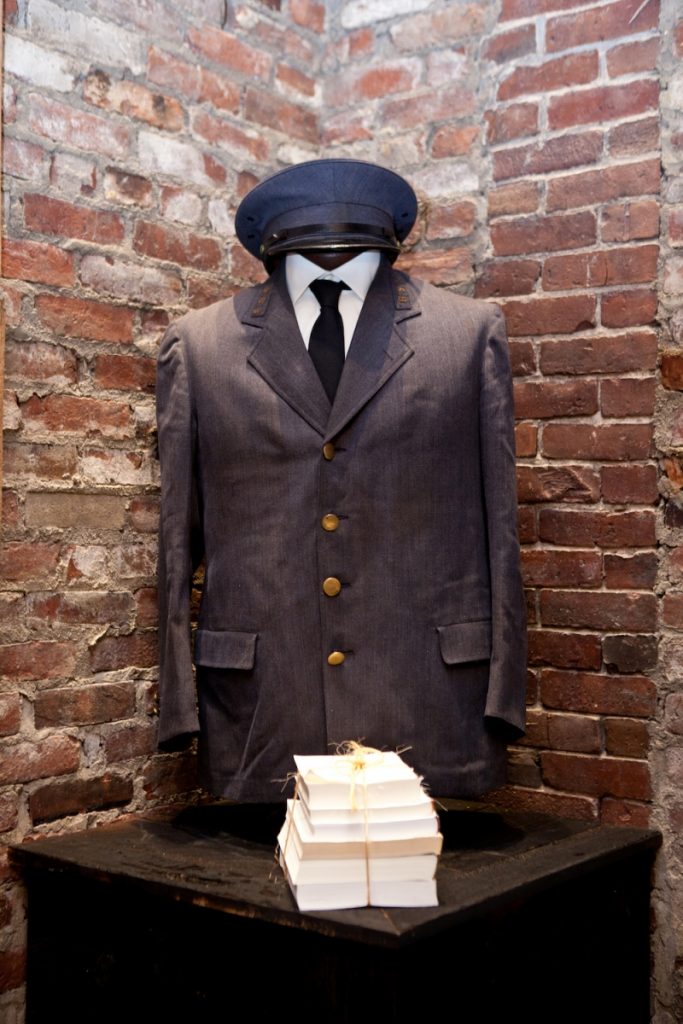
“It feels great to cook on,” Gursha says of the grill, which was custom-made at Blue Barn in Gardner, Massachusetts. “It makes you feel alive.”
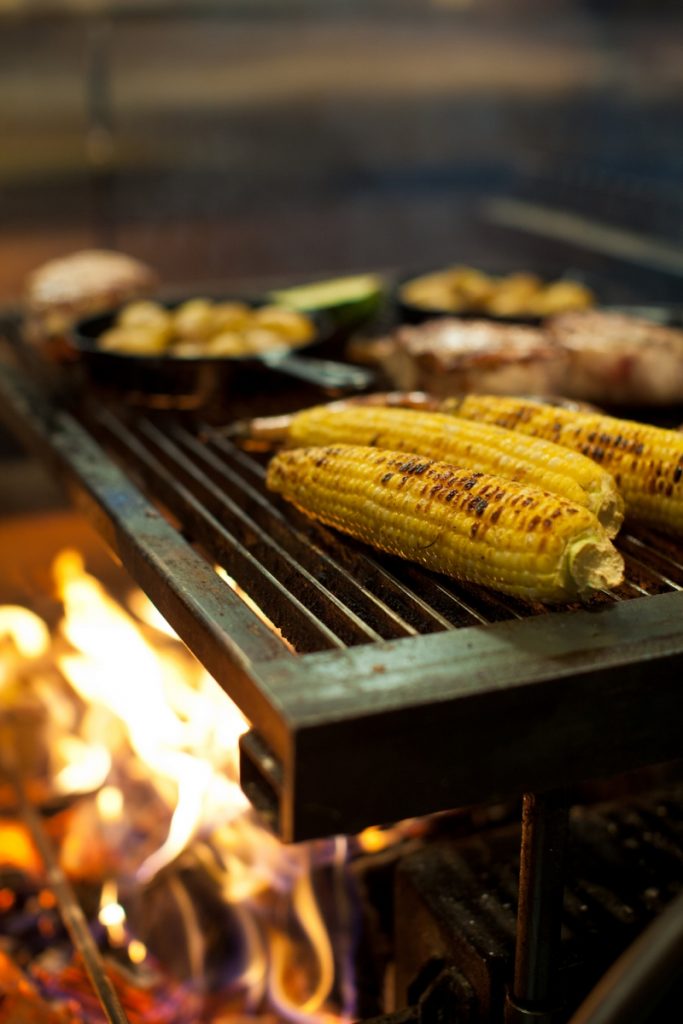
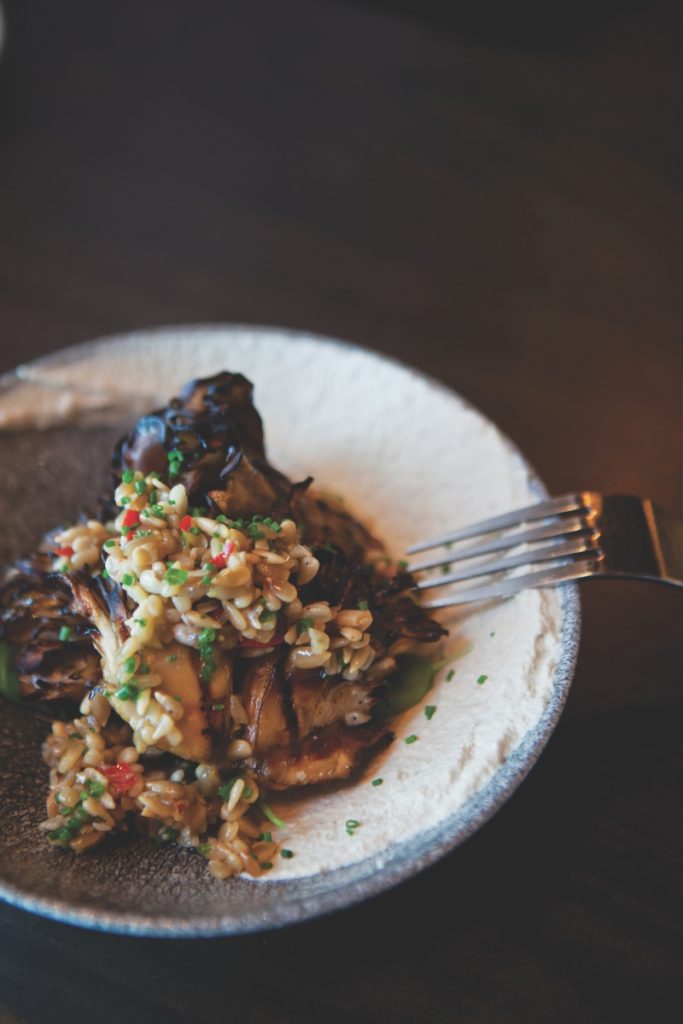
Gursha’s growing skills mastering that beast of a grill would have made him a hot commodity in the early 1800s, when Ledger’s space housed Salem Savings Bank, the second chartered savings bank in the United States. Back then, every home cooked on an open flame, and Salem residents made wealthy from the spice trade demanded only the best.
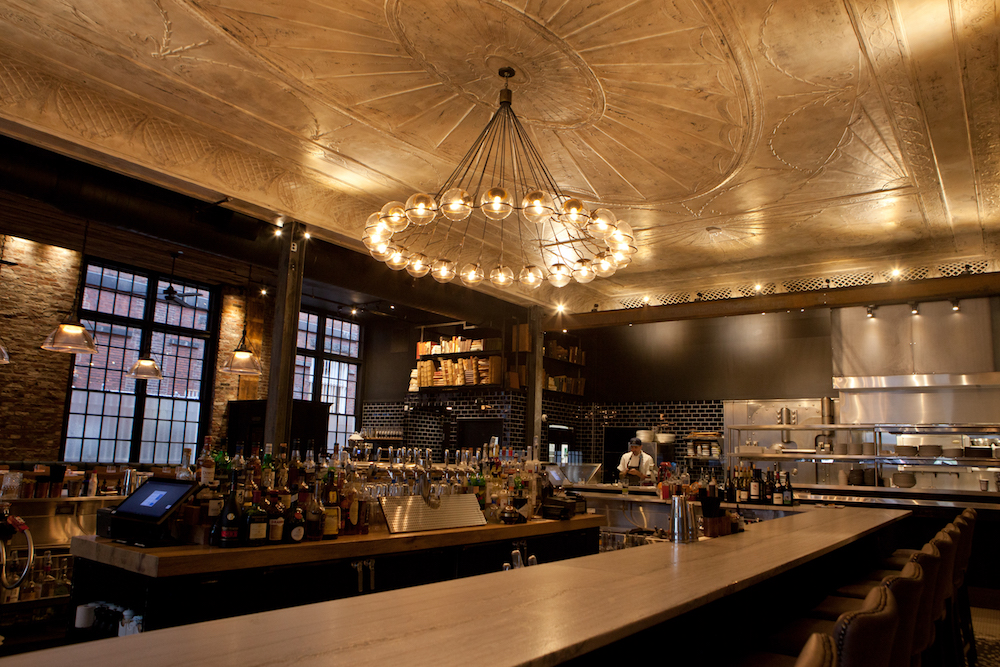
“You had to be quite the cook to manage wood-fired stoves,” says Karen Scalia, founder and owner of Salem Food Tours. “That skill was important in the hiring process.”

While wood-fired cookery may not be a resume-builder today, Gursha’s fascination with colonial dining, from pickling and preserving to ensuring very little is wasted, made him an ideal fit when chef/owner Matt O’Neil was looking for someone to helm his new restaurant. Given the opportunity to showcase the former bank building, which still had original bank ledgers from the 1800s stored in the basement, O’Neil decided to build on the building’s history with both the food and the décor.
“We let the space dictate the concept,” he says. “The building is the show-stopper and that’s cool.”

No doubt there are few restaurants like this one in the world. From the stunning original hand-carved plaster ceiling over the bar to the 1,500-pound door on the wine room (once a vault), details from the building’s 200-year banking history are everywhere. The massive safe at the back—a focal point for the restaurant—now houses the walk-in fridge, after blasting through 18 inches of concrete.
“We wanted to keep our most precious stuff in there—our food,” O’Neil says with a laugh.
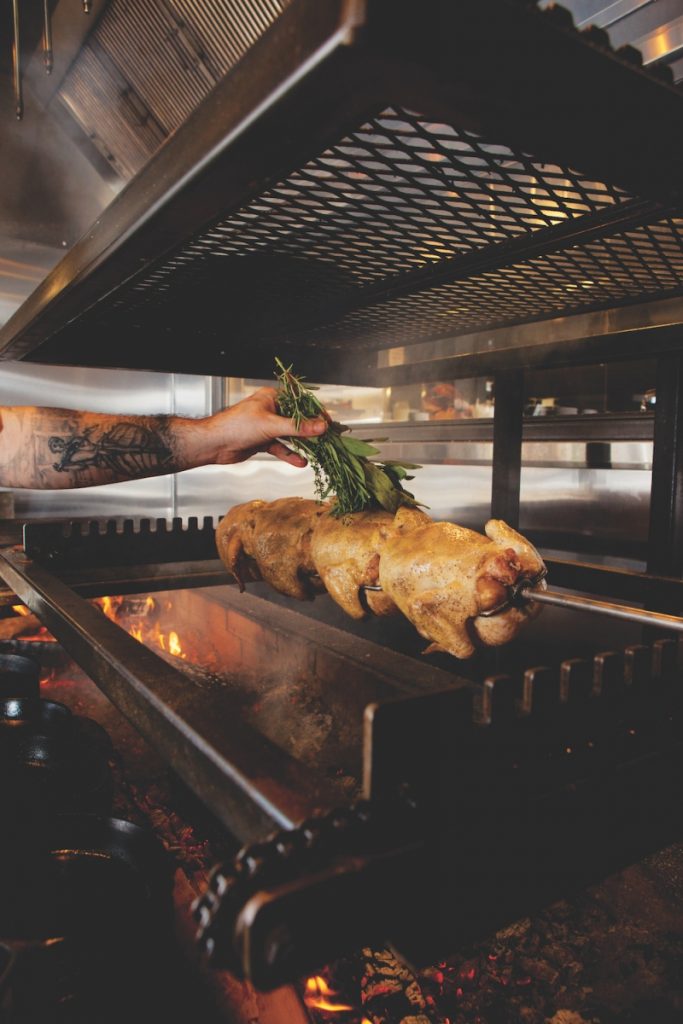
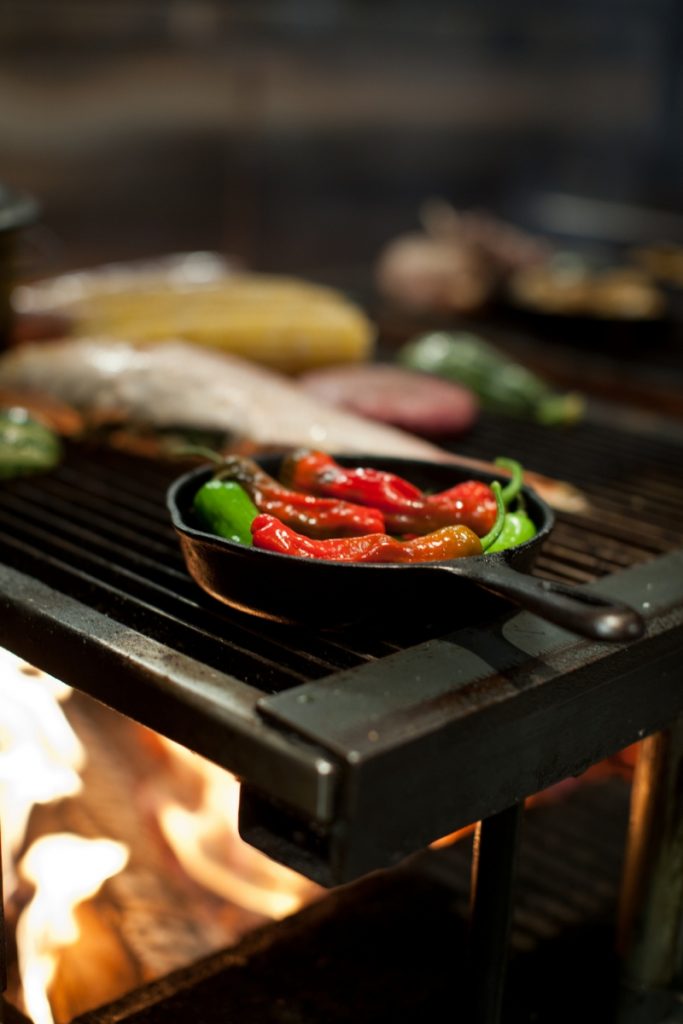
Of course, 200 years ago, no one had a refrigerator at all, so a prime focus at the restaurant is preservation by other means. The menu is dotted with items that celebrate the art of “putting food by;” the cooks make their own yogurt, pickles, and preserves. In fact, every last thing on the entire menu is made from scratch, as it would have been 200 years ago, with one exception: ketchup.
“Heinz is sooo good,” O’Neil says, so there’s no reason to reinvent the wheel.
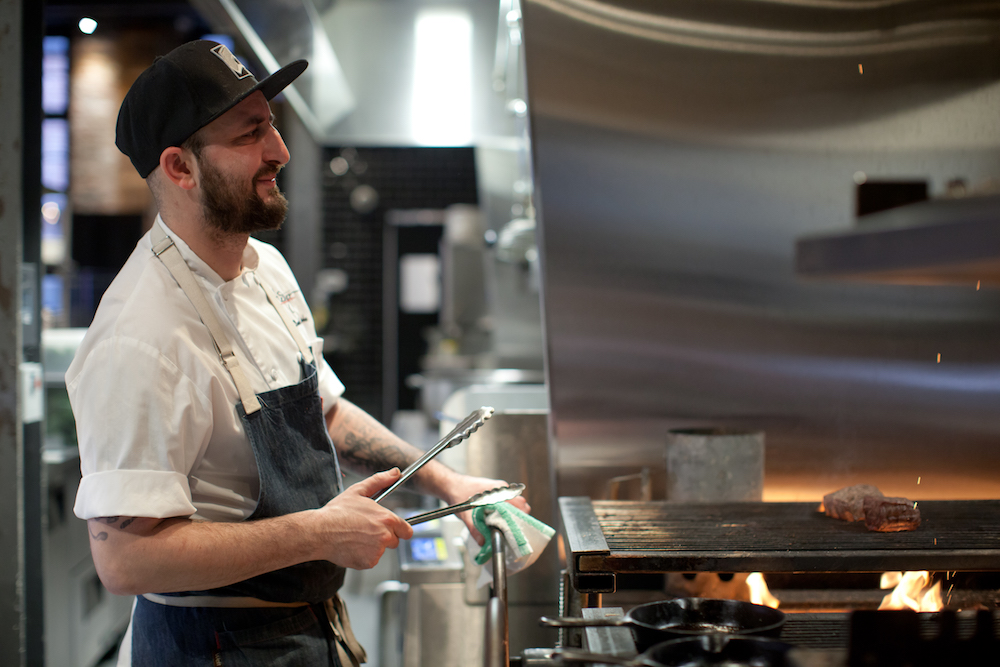
As would have been the case in the 1800s, wherever possible, chef Gursha sources local and fresh and teaches his staff to respect each ingredient. “Working in a true scratch kitchen and breaking down a whole fish, for example, gives you a profound respect for that ingredient because of how much time you’ve put in with it,” Gursha says, adding that someday he would love to move to a zero-waste kitchen.
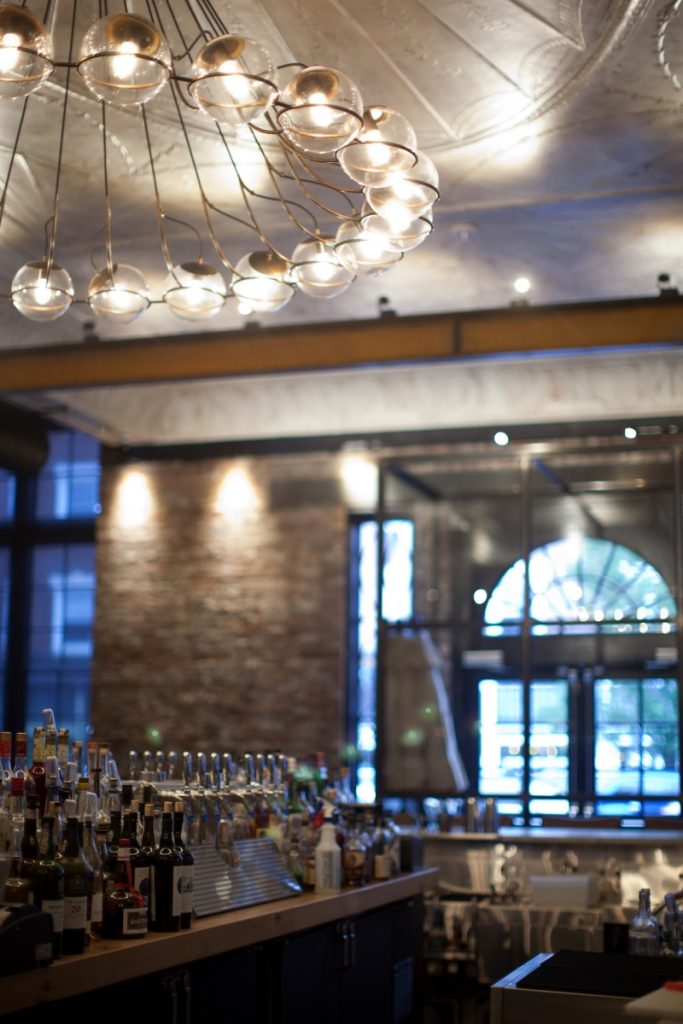

Ultimately, Gursha says his goal at Ledger is to do something similar in New England to what Sean Brock, the locavore wunderkind behind Husk in Charleston, South Carolina, has done for Southern cuisine: celebrate what can be had locally while preserving old recipes, foods, and preparations. To that end, while preparing the menu for Ledger, he took a deep dive into Salem’s restaurant history, poring over old menus in the archives of Salem State University and the Salem Public Library.
“In order to be genuine to the concept, we have to do it right,” O’Neil says. “You have to have real discipline to cook here.”
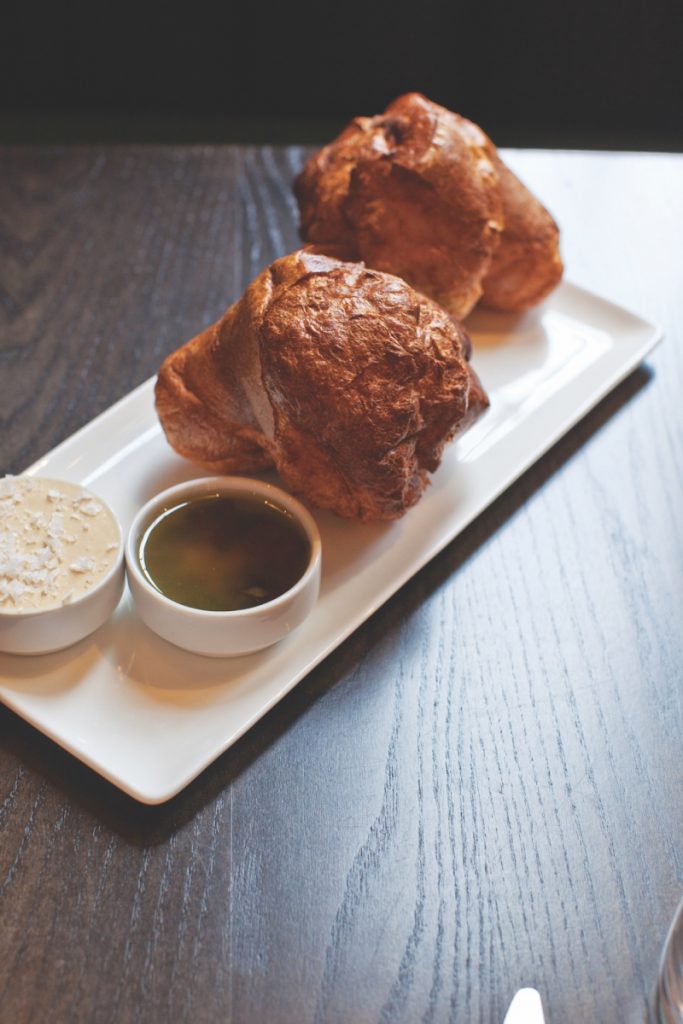
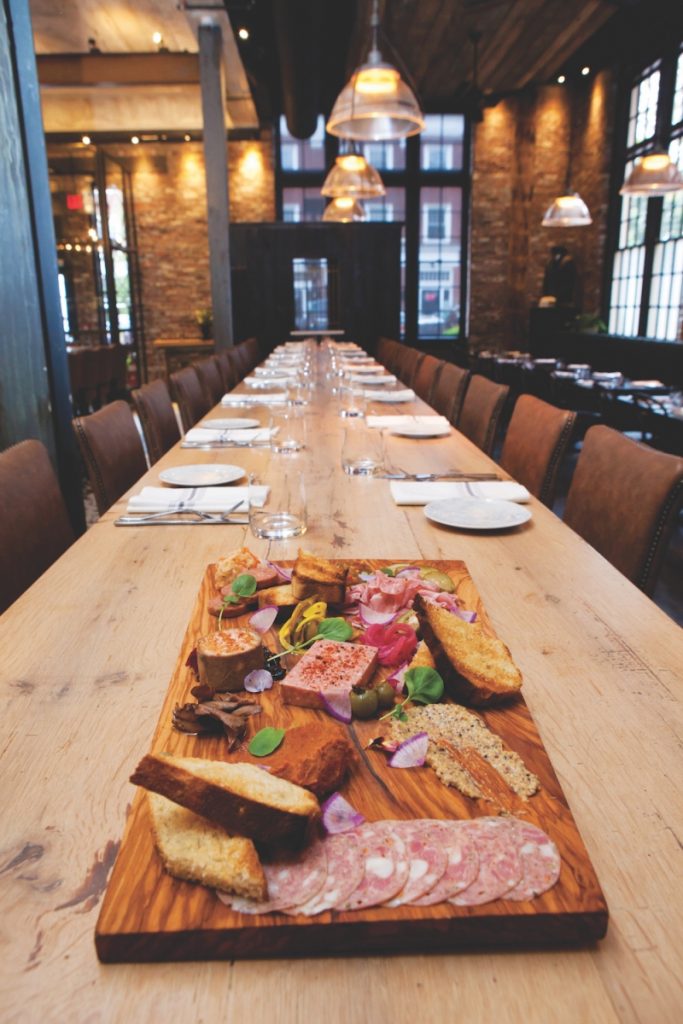
Because the kitchen does so much from scratch, including butchering, at Ledger they can be creative in eliminating waste, just as in the past. For example, terrine, sausage, and pâté—items that are relatively luxurious to modern diners—started out as a way to use and preserve smaller bits of meat left over after butchering. Thus the restaurant’s charcuterie plate, a luxe centerpiece of the menu, changes based on the season and what the kitchen is bringing in. Even the decadent Foie Gras Torchon mixes a classic French preservation technique with what would have been available in Salem, curing with locally made rum instead of cognac.
Even Ledger’s airy popovers—the colonial answer to the Yorkshire pudding the British enjoyed with roast beef dinner—pay homage to an earlier era. They are served with two toppings, a beef tallow spread, and butter sweetened with molasses.
“Behind every one of these entrées is a story, and that’s really important to me,” O’Neil says. “In 500 years, I hope people are talking about the restaurant that was here the way we talk about the bank.”
Ledger Restaurant & Bar
125 Washington St., Salem, 978-594-1908

